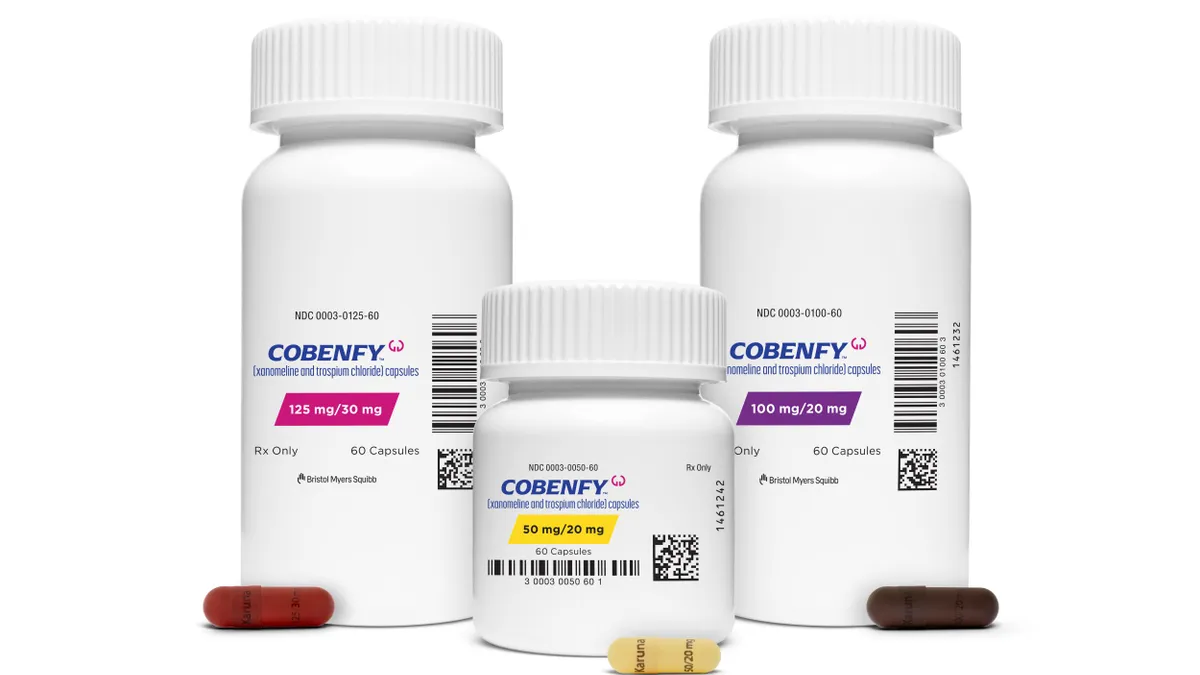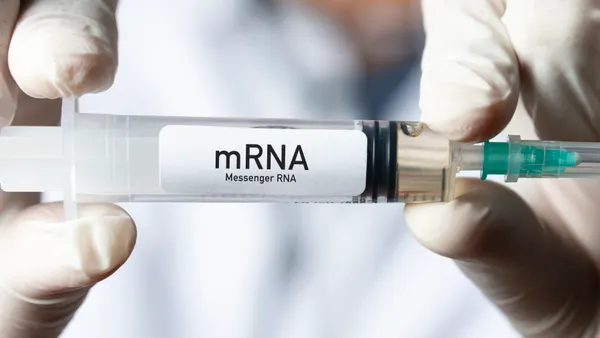The challenges associated with conducting and managing today’s clinical trials have never been greater. According to a recent survey, clinical trials today cost 60% more than they did five years ago.
Primary cost drivers include trial site startup (i.e., training, systems setup and access, regulatory process and documentation, ethics review); site payments, site monitoring, and a whole host of other budgetary line items.
A wide array of tools and operational approaches can be leveraged to combat cost drivers. As with any study, the right mix of tactics and strategies are needed to optimize cost and quality. While no single strategy provides a solution to the increasing costs of clinical development, the included list represents a selection of potential cost-cutting measures. These ten approaches are both technological and operational in nature, and as with any clinical program, legal and regulatory factors must be considered with each approach.
1. Patient-Centric Trials
A patient-centric model shifts responsibility of data collection to the patient, rather than the research site. This model alleviates the need to activate and monitor sites, negotiate contracts, and pay stipends. It also improves the overall experience for the patient, thereby improving patient retention and compliance.
2. Risk-Based Monitoring
Rather than monitoring every single data point in a trial, there are opportunities to focus monitoring efforts on key data elements and utilize an algorithm for determining other data elements that would require validation. Monitoring is one of the most expensive components of a clinical trial and can account from anywhere between 25% and 30% of the overall cost of a research program. Risk-based monitoring can save the sponsor money by reducing the number of monitors required on a trial, as well as ever-increasing travel costs.
3. Pre-Enrollment
Pre-enrolling participants prior to site activation can shorten study timelines and decrease costs. Tactics for this approach are multivariate.
4. Clustered Sites
Instead of activating sites throughout a country/multiple countries, creating a few “clusters" of sites within a market can allow for greater operational efficiencies and cost-effective recruitment.
5. Home Health Nursing
Home health nurses provide access to studies for people who may not otherwise enroll, due to distance or physical limitations. Home health nurses can also be an economical choice; the fees associated with home health nurses versus the cost of study visits at a site are often found to be lower.
6. The Fast Close
Initiating a fast close algorithm that utilizes a strict zero tolerance policy for sites that are not performing is becoming the norm for some sponsors. For example, a site that has not enrolled a patient three months into a trial would be closed. The site remaining inactive during the trial saves the sponsor an average of $2,000 per site per month.
7. Platform Recruitment Most companies run multiple trials for the same product or disease state concurrently, yet patient recruitment for these trials is still handled and budgeted at the protocol level. Patient recruitment for multiple trials can be centralized to increase visibility and minimize cost. Platform recruitment involves outreach across several clinical trials and an eligibility hierarchy. Patients are screened for the highest priority study, and if ineligible, that patient is triaged to other studies.
8. Site Repository
Site repositories contain accurate and up-to-date practice information. Through a repository (or site clearinghouse), sponsors can activate sites faster, streamline regulatory document collection, and reduce or eliminate certain currently required training. Site repositories can retain all regulatory documentation needed for enrollment so that research practices are not required to repeat the same feasibility, training, and contracting process for every program. This can lead to expedited site initiation and potentially lower site payments.
9. Online Communities
Clinical trials are planned months in advance. Organizations can use this time to reach out to patients and physicians about a trial and raise awareness about clinical programs and the conditions being studied. Online community platforms can be used to begin word-of-mouth marketing campaigns. Social networks, such as Twitter and Facebook, make it easy to create communities and engage with stakeholders around clinical research. Online communities can also provide valuable feedback from potential patients and investigators as well as support targeted messaging for recruitment. One of the most exciting aspects of building an online community is the opportunity to build ‘opt-in’ databases for both patient and site recruitment before the trial even begins, saving both time and money.
10. Wireless Medical Devices Portable, hand-held heart monitors, spirometers, and glucometers are just a few examples of wireless medical devices being used for healthcare and clinical research today. As these devices become more ubiquitous and as data transfer standards improve, there will be more opportunities to incorporate these devices into the design of a study. Wireless medical devices can provide an automated feed of biometric data into the electronic data capture (EDC) system or electronic health record (EHR) system, minimizing office visits, physician-administered procedures, and data entry. These devices allow patients to conduct procedures and collect data themselves — reducing high site payment costs.
Conclusions
There are many opportunities to design and execute clinical programs by leveraging novel and innovative techniques that can provide dramatic cost savings. These 10 cost-cutting suggestions represent a sampling of strategies. Additional approaches such as systematically and scientifically developed tools for country/site feasibility and pharmacy-based programs are elements to be explored, among others.
While no single strategy provides a solution to the increasing costs of clinical development, there are several measures — both technological and operational in nature — to help cut trial costs, and as with any clinical program, legal and regulatory factors must be considered with each approach.
UBC welcomes the opportunity to collaborate with you to further explore innovative approaches for lower cost study design.
United Biosource Corporation (UBC) unites unsurpassed experience in generating real-world evidence of product safety, value, and effectiveness with the strength of its parent company, Express Scripts, one of the nation’s largest healthcare organizations. Backed by data for 100 million patients, UBC leads the market in providing integrated, comprehensive global product safety, brand loyalty, and patient access strategies. For more information, visit ubc.com.


















